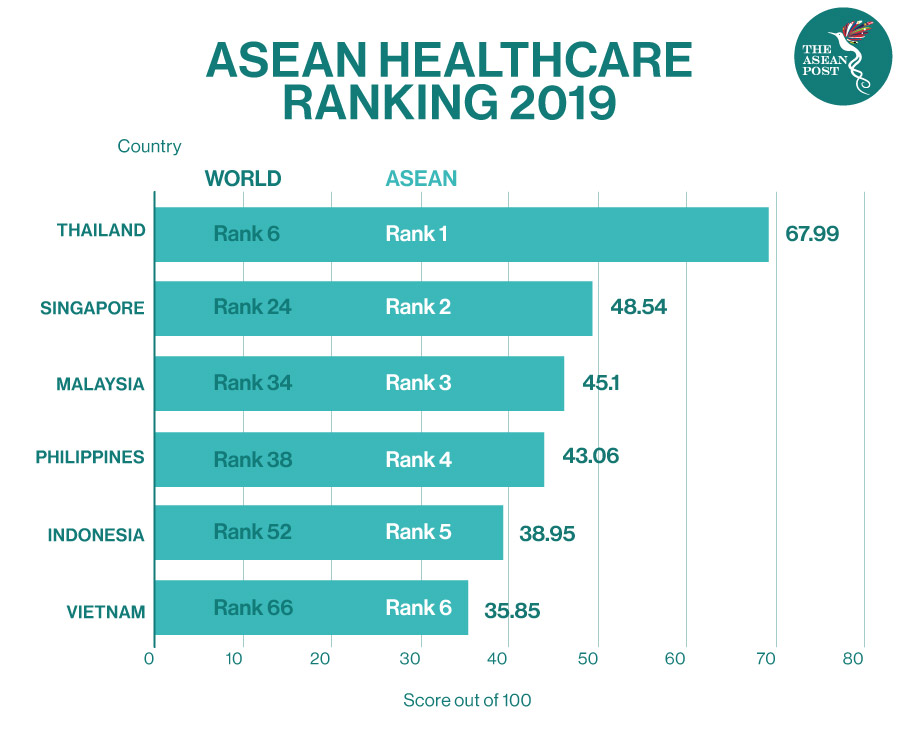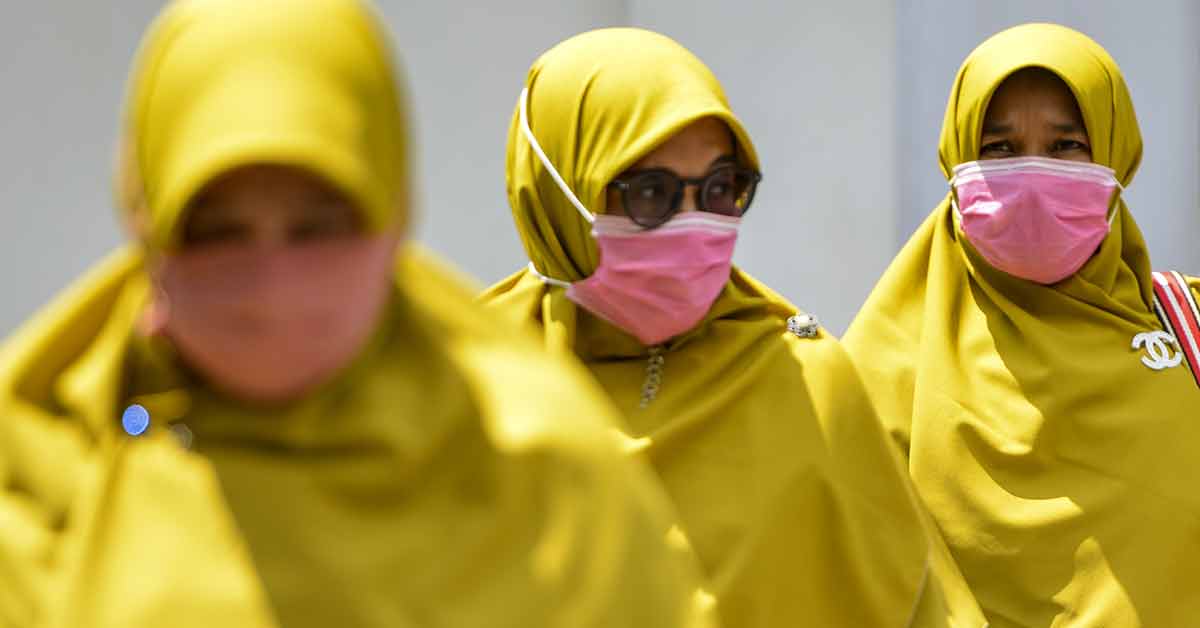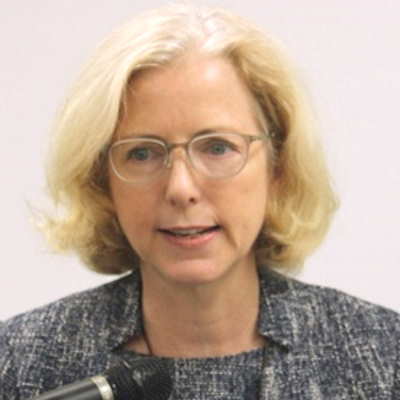In Indonesia, heart-breaking stories about health care workers who died as a result of the COVID-19 outbreak started appearing in newspapers within weeks of the first diagnosed cases in the country. Doctors, nurses and other frontline health workers without appropriate personal protective equipment (PPE) were falling gravely ill and in far too many cases, dying. Similar stories appeared across many other ASEAN member states.
We are now about six months into the COVID-19 crisis and a few things have become clear:
1. Older people are more vulnerable to the disease and more likely to need substantial care.
2. Increased exposure results in higher likelihood of infection. Care-providers are on the frontline of exposure – often without the proper personal protective equipment.
3. A strong immune system is key to minimising susceptibility.
4. Women who are caring for others are often expected to maintain their usual roles and responsibilities which leads to long hours of work, sleep deprivation, exhaustion, and ultimately less capacity to fight off viruses.
Women comprise a disproportionately large share of healthcare workers – the World Health Organisation (WHO) estimates that 70 percent of health workers globally, with an even larger representation in care homes. In the informal sector, the discrepancy is even greater: women are three times more likely than men to care for ill people: daughters are expected to care for ageing parents – their own and their husband’s, women are much more likely than men to care for aged friends and neighbours who fall ill.
Taken together, these facts expose several issues related to the gender gap in healthcare, especially in ASEAN. In the immediate term, women make up by far the larger percentage of coronavirus infections amongst healthcare workers. In a recent study based on data from Spain, United Nations (UN) Women found that 76 percent of infected healthcare workers were women. Similar percentages were found in the United States (US) (73 percent) and Italy (69 percent). This is dramatically higher than the percentages representing the general population where women make up about 46 percent of those infected.
And these percentages did not include informal caregivers, where women make up an even higher percentage of carers. Furthermore, UN Women reported that women in the Asia-Pacific region are much less likely to receive health and safety information to help them prepare for COVID-19.
In a nutshell, the immediate problem is how to assist these COVID-19 heroes – the women who make up the majority of care givers for the sick and elderly. But this quickly merges into the larger issue of addressing the gender gap in ageing care in ASEAN in general. In fact, this is an issue that is growing in importance regardless of the pandemic as many ASEAN countries are entering a phase of ageing population.
Ageing Populations
ASEAN has one of the fastest growing ageing populations in the world. Singapore and Thailand are already there, with Viet Nam and Brunei trailing by just a few years. Within about 20 years, ASEAN as a whole will have reached this stage. ASEAN member states are aware of this and have already recognised the need for bilateral and regional cooperation to address the issue as stated in the Chairman’s Statement of the 20th Commemorative Summit of ASEAN +3.
The impact of ageing populations on women, as the main providers of elderly care, is huge. These jobs are generally low-paid and often provide unsafe working conditions. A recent study of elderly care in the Philippines funded by the Economic Research Institute for ASEAN and East Asia (ERIA 2019) showed that informal care for older people is provided by women to a far greater extent than by men. About six in 10 men reported that their major caregiver is their spouse. Women most commonly reported a daughter as their major caregiver (38 percent) with only 18 percent cared for by their spouse.
The ERIA study also revealed that the gender gap is even wider when it comes to long-term care (LTC) because “the idea of LTC being handed over to non-family members, much less to institutional facilities such as nursing homes, is not yet in the consciousness of the current cohort of older Filipinos.”
In fact, 73 percent of respondents to the survey over the age of 60 believed it was preferable to live with a daughter rather than with a son.

These kinds of numbers are not unique to just the Philippines. At a recent ERIA event on Post COVID-19 care for older people, co-hosted with the Indonesian Ministry of Planning and Development, Dr Kirana Pritasari, the Director General of Public Health at Indonesia’s Ministry of Health, shared that about 80 percent of Indonesia’s older people live with family, where women are the main caregivers.
The impact on women, and in turn on families, is huge. In the informal sector, women who do not receive appropriate training are far more likely to fall ill. They are then more likely to spread illnesses to their families, especially if they are not aware of appropriate protocols. Women who are providing care for elderly family are often unable to continue earning an income outside the home.
Training And Low Wages
As ASEAN governments prepare recovery packages, they can consider addressing the gender gap in informal care as a long-term issue, not just one that has arisen due to the pandemic. As developing countries, many ASEAN members do not have the same capacity as more advanced economies to care for older people. Yet they are amongst the most rapidly ageing populations in the world. This reality calls for early planning in order to support policies that can address the issues.
Training is needed for informal care-givers in order that they know basic best treatment and safety practices and can cope with the physical and emotional burden of care. Th private sector should be incentivised to provide more care facilities and higher wages for care workers through tax deductions or other policy mechanisms. The low wages issue needs to be addressed to attract more people to work in this field.
Providing financial benefits in the form of allowances for qualified long-term care workers in the informal sector should also be considered while developing professional long-term care services so that the responsibilities for care can shift from the informal sector.
COVID-19 presents an opportunity. By exposing the ‘essential’ nature of informal care – especially for older people – the pandemic has significantly raised awareness of this critical role that women play. As ASEAN is home to one of the most rapidly aging populations in the world, there is no better time than now to start addressing the issue in pandemic recovery plans with policies and programs that tackle the current gender gap in long-term informal care.
Related Articles:

